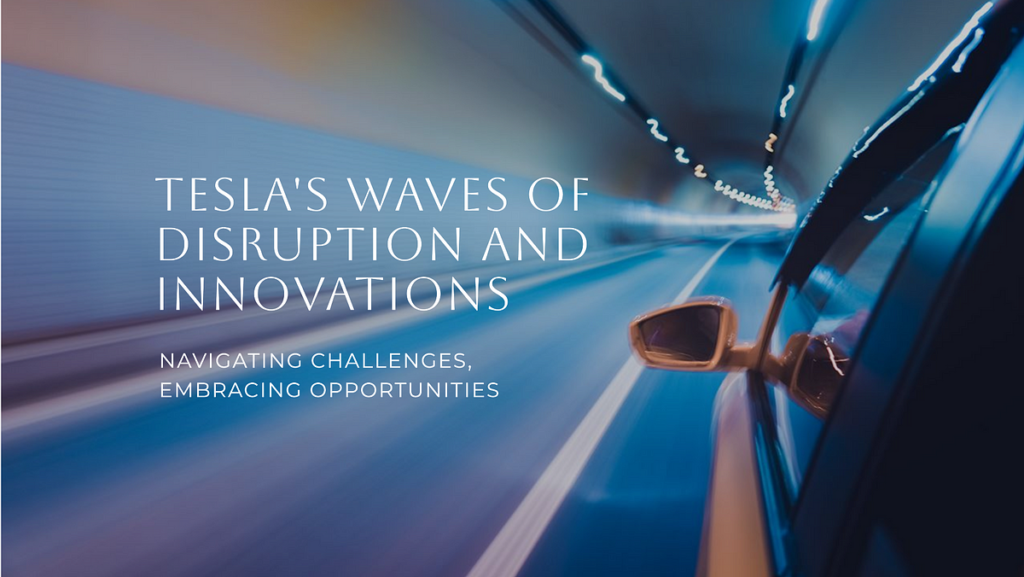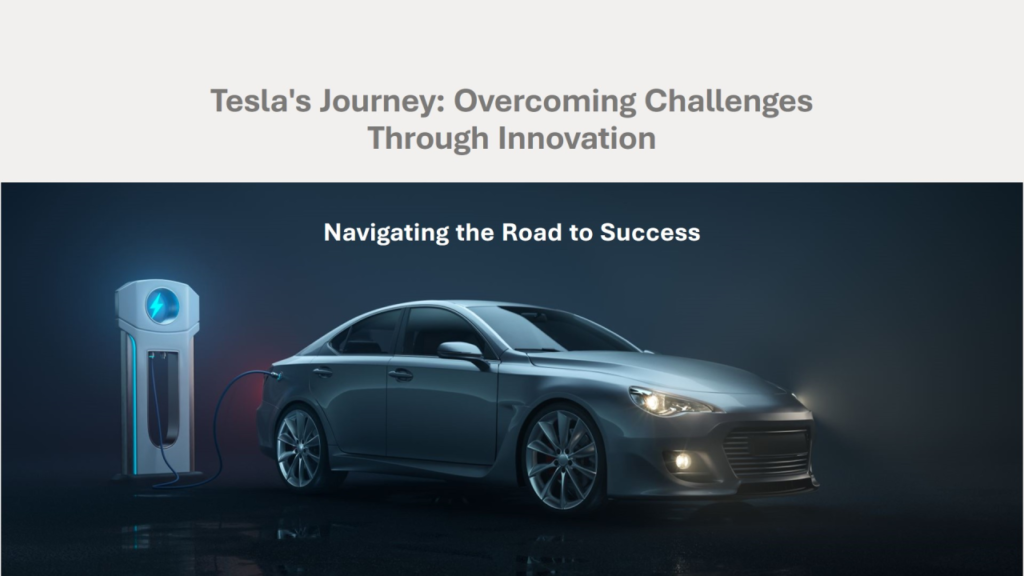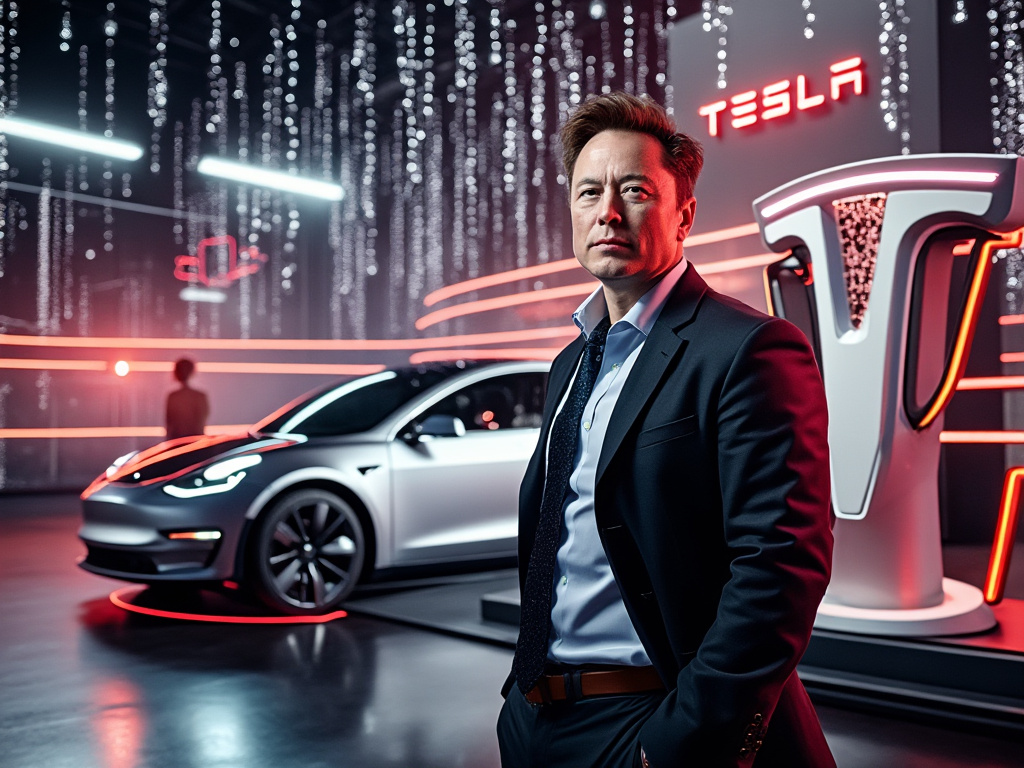A New Chapter for Tesla’s Model Y
Tesla recently launched a more affordable version of its best-selling Model Y in the United States, Driving Innovation in the USA the Long Range Rear-Wheel-Drive (RWD) variant, priced at $44,990—a $4,000 discount compared to the All-Wheel-Drive (AWD) version. This move signals Tesla’s efforts to boost demand amid a challenging market. The revamped Model Y boasts a sleek light bar across the front, a smoother and quieter ride, a rear-seat touchscreen, and ambient lighting, making it a compelling option for cost-conscious buyers. However, despite these updates, Tesla reported a 13% drop in first-quarter deliveries for 2025, with only 336,681 vehicles delivered compared to estimates of 390,000. This decline highlights the hurdles Tesla faces in maintaining its market dominance.

The Robotaxi Dream: Progress and Scrutiny
One of Tesla’s most ambitious projects is its push toward fully autonomous vehicles, particularly its planned robotaxi service set to launch in Austin, Texas, in June 2025. This initiative aims to revolutionize urban transportation by offering a paid, driverless ride-hailing service. Recent posts on X show excitement around this development, with U.S. Transportation Secretary Sean Duffy taking a ride in a fully autonomous Tesla at Giga Texas alongside Elon Musk. However, the National Highway Traffic Safety Administration (NHTSA) is closely examining Tesla’s Full Self-Driving (FSD) system, raising questions about its performance in adverse weather conditions and its readiness for public roads. The NHTSA’s investigation into FSD safety, ongoing since October, underscores the regulatory challenges Tesla must overcome to bring its robotaxi vision to life.
Tesla’s approach to autonomy relies heavily on its vision-based system, which Musk claims is more scalable than competitors’ solutions. With millions of Tesla EVs already equipped with the hardware needed for self-driving, the company is banking on software advancements and AI training to make its robotaxi fleet a reality. Yet, regulatory scrutiny and safety concerns could delay these plans, as the NHTSA seeks detailed answers about Tesla’s technology and deployment strategy.
Cybertruck Woes: A Polarizing Design
The Tesla Cybertruck, touted as an “apocalypse-proof” vehicle with its stainless steel exoskeleton and bold angular design, has struggled to win over consumers. Initially marketed as a rugged, futuristic pickup, the Cybertruck’s high price point—starting far above the promised $40,000—and polarizing aesthetics have limited its appeal. Recent reports indicate hundreds of unsold Cybertrucks are sitting idle at Tesla’s Austin Gigafactory, a sign of weaker-than-expected demand. Critics, including some doomsday preppers who were initially excited about the truck, have expressed disappointment, with some comparing its design to military vehicles from the apartheid era in South Africa, where Musk grew up. This comparison has added to the truck’s controversial image, especially amid Musk’s recent political activities.
Tesla has quietly shifted its marketing for the Cybertruck, moving away from its original “Martian” imagery to more traditional pickup truck branding. However, these efforts may not be enough to reverse the truck’s lukewarm reception, especially as Tesla faces broader brand challenges.

Brand Damage and Political Backlash
Elon Musk’s high-profile involvement in U.S. politics, particularly his role as a senior adviser in President Donald Trump’s Department of Government Efficiency (DOGE), has sparked significant controversy. Musk’s right-leaning political stance and his work with the Trump administration have alienated some of Tesla’s traditionally liberal customer base. Protests at Tesla showrooms in the U.S. and a reported 81% sales drop in Sweden highlight the brand damage caused by Musk’s political activities. In April, Tesla’s sales in Germany nearly halved, and European sales overall fell by 28.2%, with the company’s battery-electric market share in the EU shrinking from 19.7% to 8.8%.
Despite these challenges, Musk has signaled a shift in focus, announcing he will scale back his time with DOGE to concentrate on Tesla. This decision led to an 8% surge in Tesla’s stock price, reflecting investor relief that Musk will prioritize the company’s core operations. However, analysts remain concerned that the brand damage may linger, particularly as Tesla competes with Chinese EV makers like BYD, which saw a 19.4% sales increase in April.
Optimus: Tesla’s Humanoid Robot Ambition
Beyond vehicles, Tesla is making strides in robotics with its Optimus humanoid robot. A recent video shared on X showcased Optimus performing tasks like taking out the trash and sweeping autonomously, powered by a single neural network trained on human videos. Tesla aims to offer investor tours of low-scale Optimus manufacturing by the fourth quarter of 2025, signaling confidence in its robotics program. This development aligns with Musk’s vision of Tesla as a leader in AI and automation, potentially diversifying its revenue streams beyond EVs.
Tesla Semi and New Markets
Tesla’s electric Semi truck is also gaining traction, with sightings of a US Foods-branded Semi near Giga Nevada suggesting progress in its commercial vehicle program. The company is resuming shipments of Chinese-made components for Cybercab and Semi production in the U.S., following a U.S.-China trade truce that eased tariff concerns. This move is critical for Tesla’s plans to scale production of these vehicles, which are seen as key to its long-term growth.
To counter sales slumps in the U.S. and Europe, Tesla is expanding into new markets like India and Saudi Arabia, where demand for EVs is growing. These efforts aim to offset competition from Chinese brands like BYD, which are rapidly gaining ground globally.

Incentives and Discounts to Boost Sales
Facing declining demand, Tesla has introduced aggressive discounts and incentives in the U.S. A new program offers a $1,000 discount to verified students, teachers, first responders, military members, and their families, positioning Tesla as a brand that supports “everyday heroes.” Additionally, eligible Lyft drivers who purchase a new Tesla can receive $1,000 in Tesla Credits and a $1,000 incentive from Lyft after completing 100 trips by July 13, 2025. These promotions, combined with near-0% financing offers in some markets, reflect Tesla’s urgency to move inventory and regain market share.
Looking Ahead: A Bumpy but Promising Road
Tesla’s journey in 2025 is a mix of bold innovation and significant challenges. The company’s push for autonomous driving and robotics holds immense potential, but it must navigate regulatory hurdles, brand perception issues, and fierce competition from Chinese EV makers. Musk’s decision to refocus on Tesla could stabilize its operations, but repairing the brand’s image will take time. Meanwhile, Tesla’s stock has shown resilience, rallying 17% in a single week amid easing U.S.-China trade tensions and optimism about its technological advancements.
As Tesla continues to innovate with projects like the robotaxi service, Optimus, and the Semi, its ability to adapt to market dynamics and rebuild consumer trust will be critical. For now, Tesla remains a symbol of American innovation, but its path forward requires careful navigation. Whether it’s through cutting-edge technology or strategic market expansion, Tesla’s next moves will shape not only its future but also the broader EV and autonomous driving landscape in the USA.
Also read :- Consumers Embrace Eco-Friendly Tech: Sustainable Gadgets Take Center Stage in 2025






